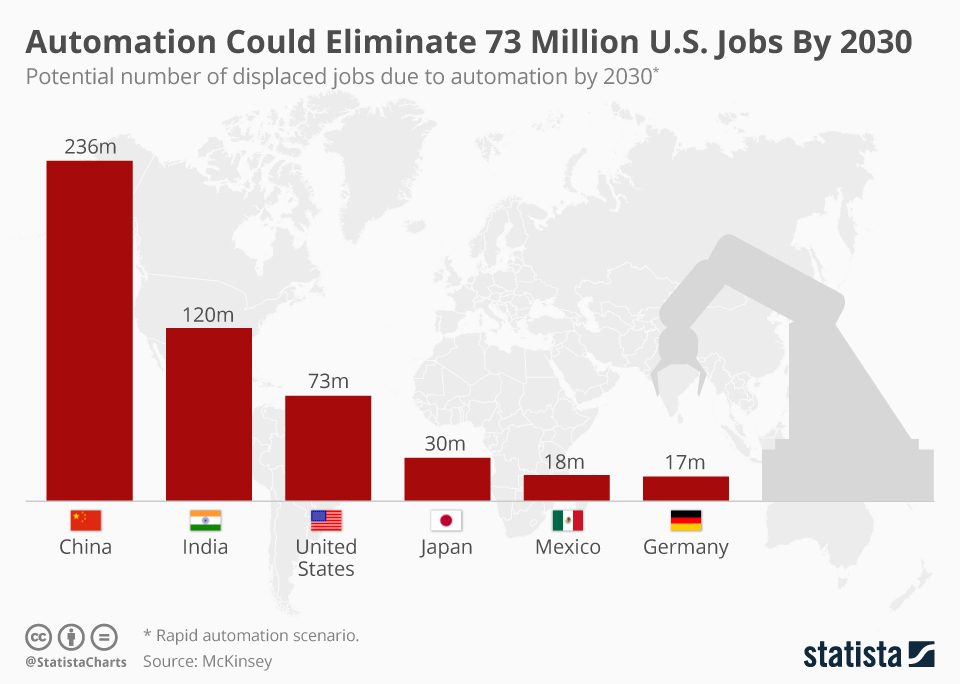The Impact of AI Replacing Human Workforce: How Perfect Robot Responses Shape Society

Introduction
The rapid advancement of artificial intelligence has sparked widespread debate about the future of work. As AI systems become increasingly capable, the possibility of machines replacing large segments of the human workforce grows more tangible. Central to this transformation is the emergence of AI that delivers consistently perfect, generic responses—efficient, accurate, and devoid of human error. This article explores the societal implications of such a shift, examining how the prevalence of flawless robot interactions could affect the mass population.
The Rise of AI in the Workforce
AI technologies are already transforming industries ranging from manufacturing and logistics to customer service and healthcare. Automation of repetitive tasks, data analysis, and even creative processes is becoming commonplace. As AI continues to evolve, its ability to perform complex tasks with speed and precision threatens to outpace human capabilities in many domains.
The Nature of Perfect Robot Responses
AI systems are designed to provide responses that are consistent, logical, and free from emotional bias. These “perfect” responses are often based on vast datasets and sophisticated algorithms, ensuring accuracy and reliability. However, this perfection comes at the cost of individuality, spontaneity, and the nuanced understanding that characterizes human interaction.
Societal Impacts
1. Economic Displacement
Widespread AI adoption could lead to significant job displacement. Workers in roles that can be easily automated may find themselves unemployed or forced to transition to new careers. While some new jobs may emerge in AI development and oversight, the overall effect could be increased economic inequality and social unrest.
2. Homogenization of Experience
As AI systems deliver standardized responses, the diversity of human interaction may diminish. Customer service, education, and healthcare could become more uniform, with less room for personal touch or empathy. This homogenization may lead to a sense of alienation among individuals who value unique, meaningful connections.
3. Psychological Effects
Interacting primarily with AI could impact mental health and well-being. The lack of genuine human engagement may contribute to feelings of isolation, loneliness, and decreased satisfaction. Over time, people may struggle to distinguish between authentic and artificial interactions, blurring the lines of trust and emotional fulfillment.
4. Shifts in Social Dynamics
The normalization of perfect robot responses could reshape social norms and expectations. People may begin to expect flawless communication in all aspects of life, leading to frustration with the imperfections inherent in human relationships. This shift could erode patience, empathy, and the ability to navigate complex social situations.
5. Dependence on Technology
As reliance on AI grows, society may become increasingly dependent on technology for decision-making, problem-solving, and even emotional support. This dependence raises concerns about resilience, privacy, and the potential loss of critical thinking skills.
Potential Benefits
Despite these challenges, the integration of AI into the workforce offers potential benefits. Increased efficiency, reduced human error, and the ability to handle large volumes of information can improve productivity and service quality. AI can also free humans from dangerous or monotonous tasks, allowing for greater focus on creative and strategic endeavors.
Conclusion
The widespread replacement of human workers by AI, coupled with the prevalence of perfect, generic robot responses, presents both opportunities and risks. While society may benefit from increased efficiency and innovation, the loss of human connection, diversity, and meaningful work poses significant challenges. Navigating this transition will require thoughtful policies, ongoing education, and a commitment to preserving the qualities that make human interaction unique and valuable.
Leave a Reply